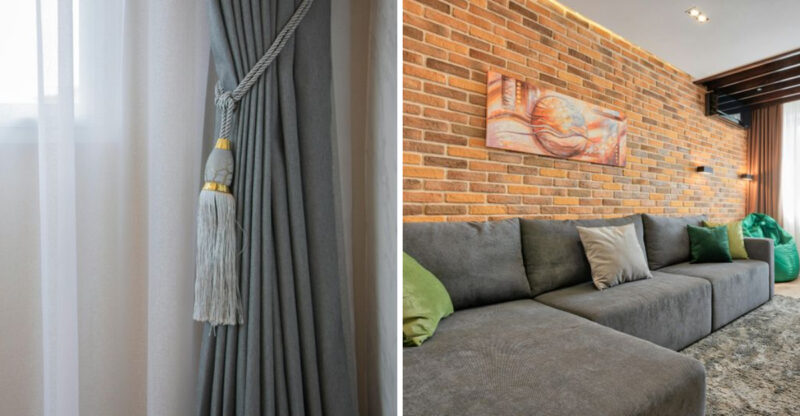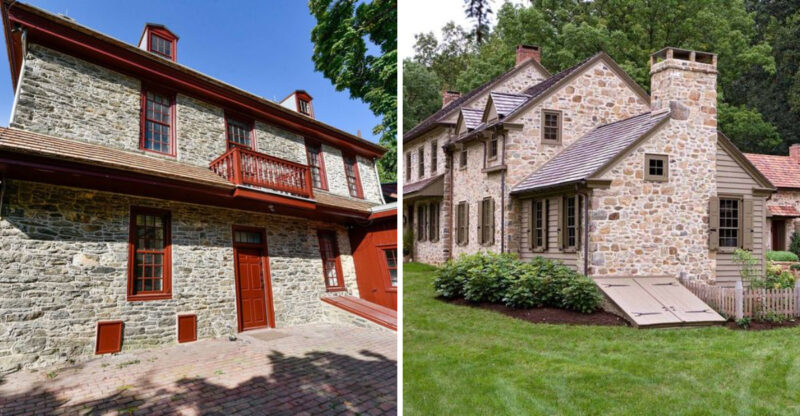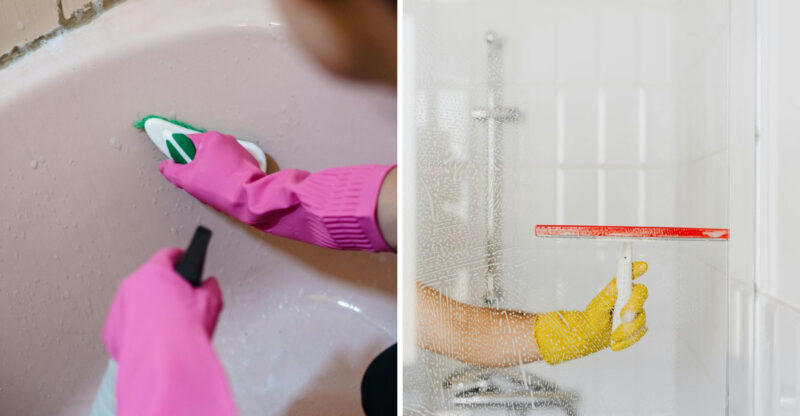Want To Flip Houses For Profit? Here Are 15 Tips That Could Help

Thinking about flipping a house, but not sure where to start? You’re not alone, many people are drawn to the idea of turning a fixer-upper into a profitable sale, but the process can be more complex (and costly) than it seems on TV.
From budgeting and renovations to knowing your market, there’s a lot to consider if you want to avoid rookie mistakes. This article offers practical tips that could make your first (or next) flip a smarter, smoother experience.
House flipping involves financial risk, and results may vary based on location, market conditions, and individual experience.
1. Research Your Local Real Estate Market Thoroughly
Knowledge is your most powerful tool before swinging any hammer. The housing market varies wildly from neighborhood to neighborhood, with some areas offering much better flip potential than others.
Understanding local trends helps identify which properties will actually sell after renovation. I’ve watched newbies buy in declining areas only to get stuck with beautiful homes nobody wants. Check comparable sales, average days on market, and neighborhood growth patterns.
2. Set A Realistic Budget, And Include A Buffer
Budgeting for house flips isn’t like regular home renovation math. Every project I’ve tackled has had at least one surprise hiding behind a wall or under a floor.
Smart flippers always add a 20% buffer to whatever they think the renovation will cost. This isn’t pessimism, it’s experience talking!
Your profit margin depends entirely on sticking close to budget, so be ruthlessly realistic about costs before making an offer.
3. Secure Financing Before Making Offers
Nothing ruins a potential deal faster than scrambling for money after finding the perfect property. When sellers get multiple offers, they’ll choose the buyer who’s ready to close quickly.
Hard money lenders, home equity lines, or cash partners should be lined up in advance. The financing world for flippers works differently from regular mortgages.
Interest rates might shock you at first, but remember…you’ll only be carrying the loan for months, not decades.
4. Start With A Lower-Risk Property For Your First Flip
Ambition is great, but your first flip shouldn’t be that abandoned Victorian with the collapsing roof. Many beginners pick properties requiring complicated structural work, only to watch their profits disappear into unexpected repairs.
Look for cosmetically challenged homes in solid neighborhoods instead. The sweet spot? Properties needing updated kitchens, bathrooms, flooring, and paint, things you can predict the cost of accurately. Save the major structural renovations for your third or fourth project.
5. Always Get A Professional Home Inspection
Those foundation cracks might look minor to your untrained eye, but could signal a $30,000 repair. Professional inspectors spot issues you’d never notice during a walkthrough.
The inspection report becomes your negotiation tool and renovation roadmap. Some flippers skip this step to save a few hundred dollars, then end up spending tens of thousands fixing problems they didn’t budget for. Trust me, this is one corner you never want to cut!
6. Focus On Properties With Cosmetic Issues, Not Structural Ones
Ugly is good! Outdated kitchens, horrible wallpaper, and avocado-colored bathrooms scare away regular buyers but shouldn’t scare you. These cosmetic nightmares often create the biggest profit margins.
Structural problems like foundation issues, roof damage, or electrical rewiring eat profits fast. The best flips are the ones where you’re mainly changing how things look rather than how they function.
Buyers will pay premium prices for updated aesthetics in a structurally sound home.
7. Understand Your Target Buyer Before Renovating
Are you renovating for young professionals, growing families, or downsizing empty-nesters? Each group has wildly different priorities. Young couples might want open concept layouts while older buyers often prefer traditional separate rooms.
Visit open houses in the neighborhood to see what sells quickly. The most profitable flips aren’t necessarily the ones with the fanciest finishes, they’re the ones designed specifically for the most likely buyer in that location. Renovate for your future buyer, not for yourself.
8. Don’t Over-Improve For The Neighborhood
Installing marble countertops and smart home technology in a neighborhood where most homes sell for $150,000 is a rookie mistake. Every neighborhood has a ceiling price that buyers simply won’t exceed, no matter how amazing your renovation is.
The most successful flippers match their finishes to what buyers expect in that price range. If you’re the most expensive house on the block by a wide margin, you’ve probably over-improved and will struggle to recoup those costs when selling.
9. Stick To A Clear Renovation Timeline
Time literally is money when you’re paying interest on loans every month. Without a detailed timeline, contractors drift between jobs, supplies arrive late, and your carrying costs balloon.
Create a day-by-day schedule for every aspect of the renovation. The most profitable flippers typically complete projects in 3-4 months or less.
Longer timelines almost always lead to diminishing returns as loan interest, utilities, insurance, and property taxes eat away at potential profits.
10. Work With Experienced, Reliable Contractors
Finding good contractors is harder than finding good properties! The cheapest bid often becomes the most expensive mistake when that contractor disappears halfway through your project.
Build relationships with reliable professionals who understand flipping timelines. Great contractors might cost more upfront but save thousands by finishing on schedule.
Check multiple references and actually visit their current job sites before hiring anyone for your flip.
11. Get Multiple Quotes For All Major Repairs
The difference between contractor quotes can be shocking, I’ve seen $5,000 variations for the exact same job! Some contractors see house flippers as easy targets for inflated prices.
Always get at least three detailed quotes for any significant work. This isn’t just about finding the lowest price.
Multiple quotes help you understand the true scope of work needed and identify contractors who might be cutting important corners or padding estimates unnecessarily.
12. Stage The Home To Highlight Its Best Features
Empty rooms look smaller and fail to ignite buyer’s imagination. Professional staging helps buyers emotionally connect with your property and envision themselves living there.
The return on staging investment is consistently impressive. Statistics show staged homes typically sell faster and for higher prices than vacant properties.
Focus staging efforts on the key decision-making rooms, living room, kitchen, master bedroom, and any unique spaces that make the property special.
13. Price Competitively Based On Market Comps
Emotional attachment to your renovation masterpiece can cloud pricing judgment. After weeks of hard work, you might value improvements more highly than the market will.
Pricing strategy should be coldly logical, based entirely on comparable recent sales. A slightly lower price that generates multiple offers often results in a bidding war that exceeds your original target.
The worst outcome isn’t selling slightly below your dream price. It’s having your property sit unsold while carrying costs accumulate.
14. Plan Your Exit Strategy Before You Buy
What happens if your flip doesn’t sell quickly? Smart investors have multiple exit strategies for every property before making an offer.
Could you rent it profitably if the sales market slows? Would seller financing attract more buyers? Could you wholesale it to another investor if renovation costs balloon?
Having predetermined thresholds for when to switch to Plan B prevents panic decisions when things don’t go as planned.
15. Track Every Expense To Stay On Budget And Protect Your Profit
Those quick trips to the hardware store add up faster than you’d believe. Without meticulous expense tracking, your projected profit can vanish into a thousand small purchases.
Use dedicated credit cards or accounts for each property to simplify bookkeeping. Careful expense tracking also provides valuable data for future projects and maximizes tax deductions.
The most successful flippers can tell you their profit margin down to the dollar because they track every nail, gallon of paint, and hour of labor.






